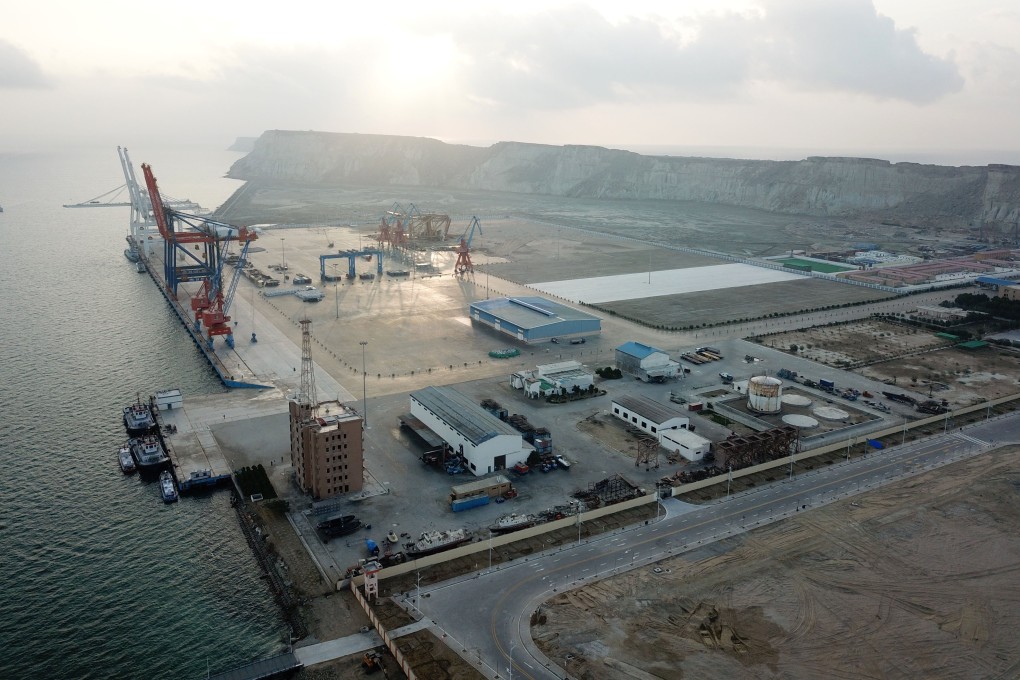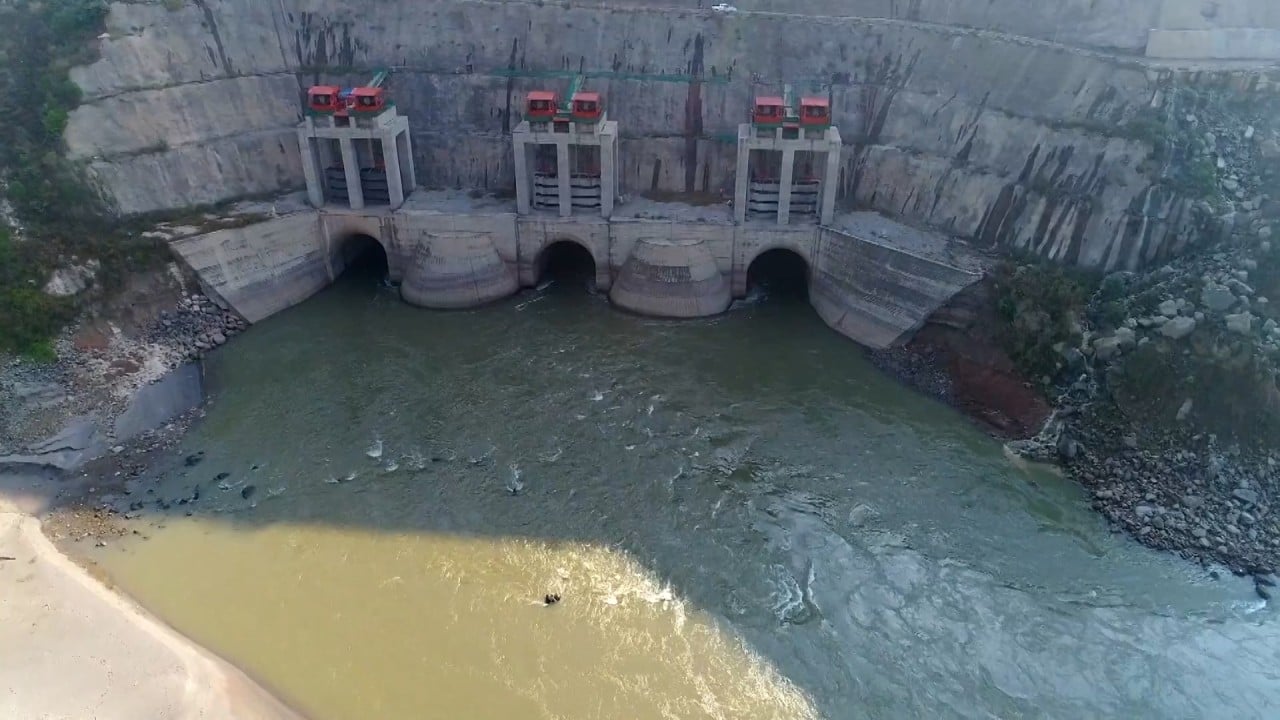Will China’s belt and road projects in cash-strapped Pakistan lose momentum as PM Shehbaz Sharif seeks IMF financial support?
- Pakistan’s new coalition government is struggling to secure finance for the initiative as negotiations with IMF continue
- Since 2015 Beijing financed more than US$25 billion worth of power generation plants, mass transit systems and motorways in Pakistan, and expanded Gwadar port

The recently elected coalition government of Prime Minister Shehbaz Sharif began a week of negotiations with the International Monetary Fund in Doha on Wednesday over the terms of an extended balance of payments support programme.
Sharif has already been told by Pakistan’s close allies and major bilateral financiers China, Saudi Arabia and the United Arab Emirates that further financial assistance is contingent on Islamabad re-entering the IMF programme, which was suspended in March.
Since the CPEC was launched in 2015 when Shehbaz’s brother Nawaz Sharif was prime minister, Beijing has financed more than US$25 billion worth of power generation plants, mass transit systems and motorways in Pakistan, and expanded the Chinese-operated port of Gwadar.
